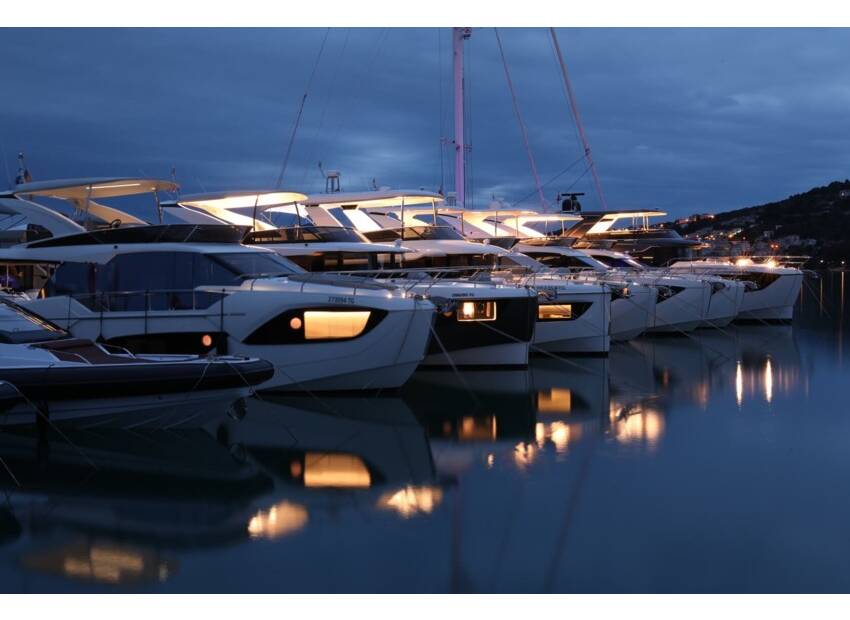British yacht designer Christian Stimson has reconciled the contradictory demands of lifeboats and tenders in a single craft that will not only save weight and deck space on superyachts, but also blend in with the aesthetics of the mother vessel.
Originality, eye-catching styling, dazzling performance, air-conditioned luxury, EC Recreational Craft Directive compliance — none of these attributes appear in the SOLAS list of ‘must-haves’ for lifeboats. Similarly, the ability to be rowed is not usually a requirement for superyacht tenders and nor would they normally be expected to withstand freefall launching vertically or horizontally from a great height.
Since the function of lifeboats is to save lives, they need to be sturdy and safe, but usually they don’t need to move at more than displacement speeds. They must have sufficient transverse flexibility, measured by a swing test, to absorb energy without excessive accelerations on the occupants. Yet they must also have high longitudinal stiffness, so that there’s minimal deflection between lift points even when loaded to double capacity. At the same time they must have the global strength with variable stiffness to pass a drop test, absorbing energy, while not deforming to the extent that doors, hatches, engine mounts and other mechanisms no longer function.
The design brief he initially imposed on himself was for a semi-enclosed boat that could plane at more than 30kt, accommodate up to 16 guests and two crew in tender mode and, initially, up to 35 people in lifeboat mode — although the latter figure was subsequently raised to 45. With a single engine it would also need to be rowed in order to comply with SOLAS, so rowlocks and sweeps had to be factored in too. More: www.ibinews.com
Related articles

Astondoa 377 Coupe
A sporty line’ yacht in harmony with the marine environment that reflects the personality of the Shipyard's "Savage Ocean line"





















